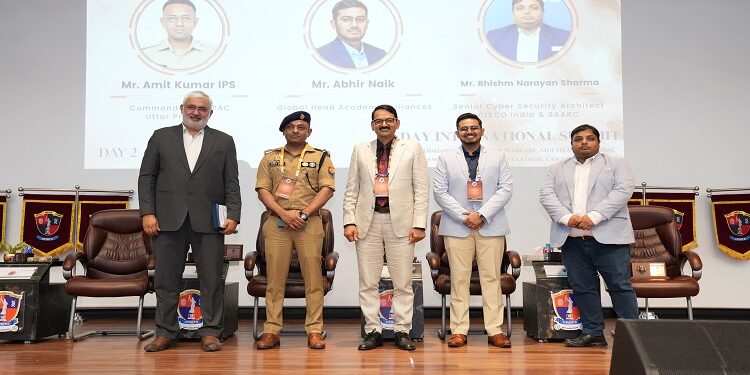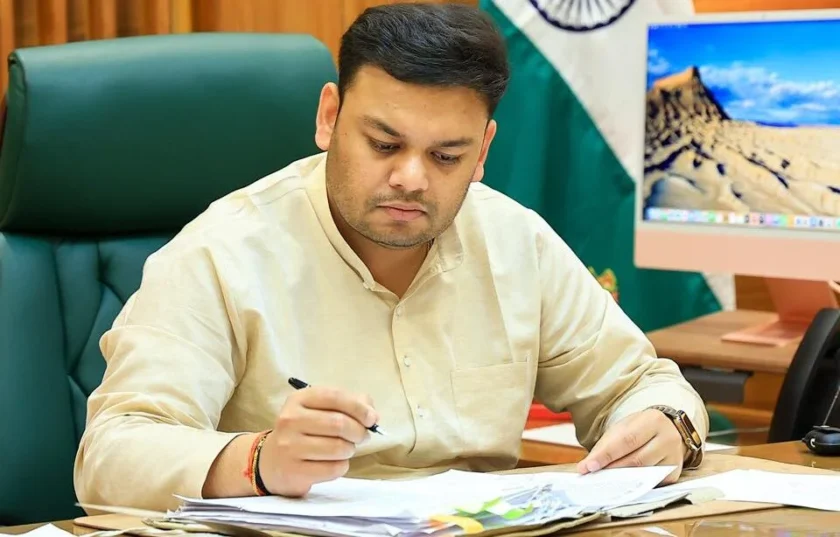Lucknow: Highlighting the growing role of technology in the justice system, retired Justice Talwant Singh on Tuesday said that digital evidence is becoming indispensable in judicial proceedings, especially in cases where eyewitnesses are absent. Citing the 26/11 Mumbai terror attack trial of Ajmal Kasab, he noted how internet transcripts played a decisive role in securing conviction.
Justice Singh was addressing a seminar on “The Role of Digital Evidence in Judicial Matters” organized by the Uttar Pradesh State Institute of Forensic Science (UPSIFS). He emphasized that digital evidence today not only strengthens judicial cases but also ensures greater transparency and efficiency in the legal process.
Infrastructure Being Built in UP for Recognition of Digital Evidence
He further pointed out that Uttar Pradesh, under the leadership of Chief Minister Yogi Adityanath, has been strengthening its judicial framework with a technological approach. Infrastructure is being developed to formally recognize digital evidence, and video-conferencing facilities have already been expanded in courts to enhance transparency and speed in hearings.

“Digital evidence refers to all forms of data that originate and are stored in digital form. With rising cybercrime, it has become an essential part of investigations—whether in theft, robbery, or cyber fraud,” he said. He stressed that scientific and digital evidence play a vital role in empowering prosecutions and ensuring convictions.

Video Conferencing as a Valid Method for Testimony
Justice Singh also referred to new provisions under the Bharatiya Sakshya Adhiniyam (BSA), which have made acceptance of digital evidence more straightforward. These include oral depositions recorded through video calling and video-recorded testimonies. He cited Section 273 of the Bharatiya Nagarik Suraksha Sanhita (BNSS, formerly CrPC), which now recognizes video conferencing as a legitimate means for recording witness statements.
Explaining the distinction between different types of digital records, he clarified that digital records such as scanned PDFs and CCTV footage differ from electronic records like emails, SMS, and server logs. He also referenced Section 63 of the Evidence Act, underscoring that for digital records to be admissible, devices must be regularly in use, data should be recorded in the normal course of operation, and the system should be functioning correctly.
Concluding his address, Justice Singh remarked that the seminar itself is proof that Uttar Pradesh is moving rapidly toward judicial reforms, and the results of these efforts will soon be visible in more transparent and efficient justice delivery.





